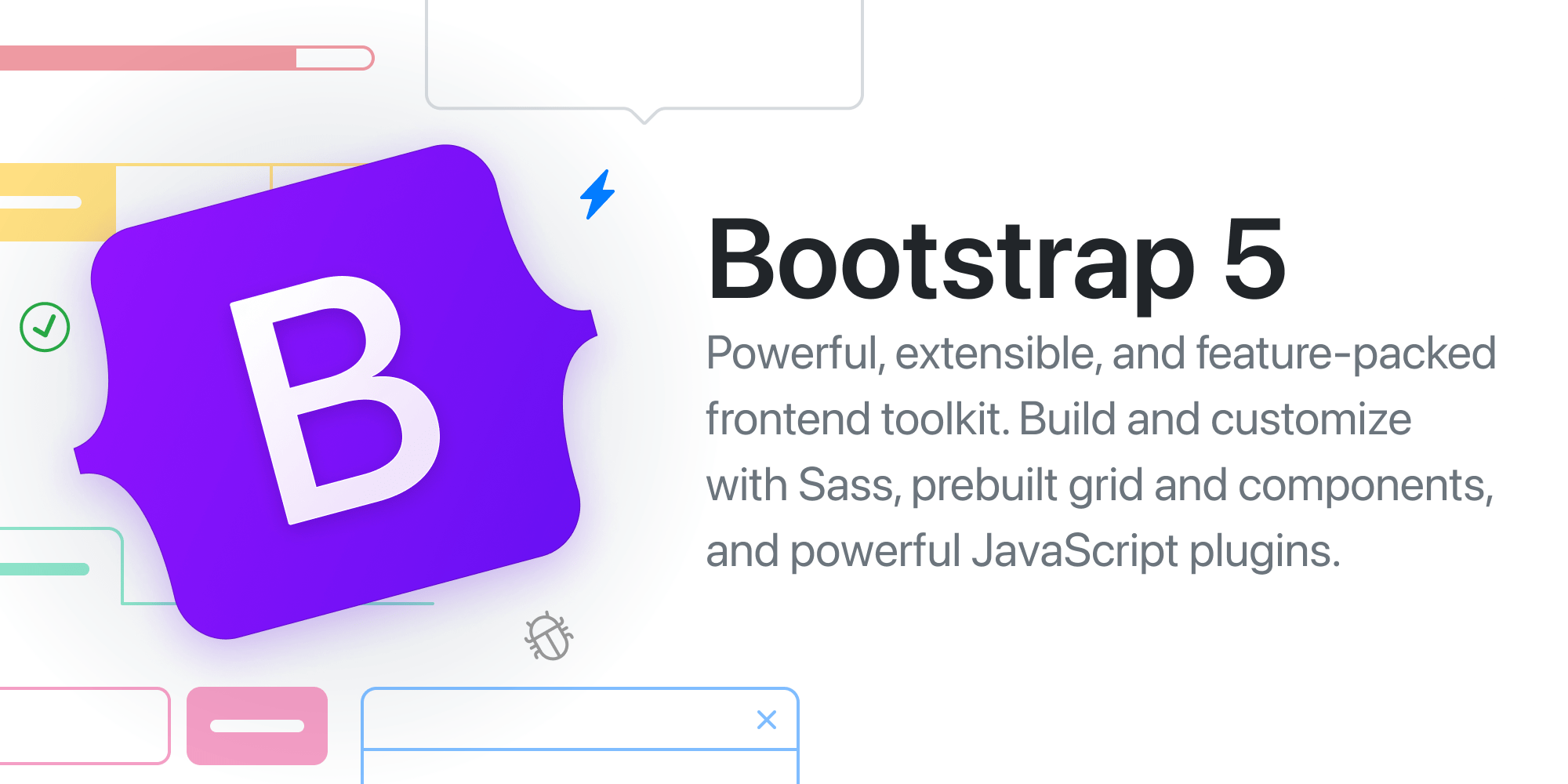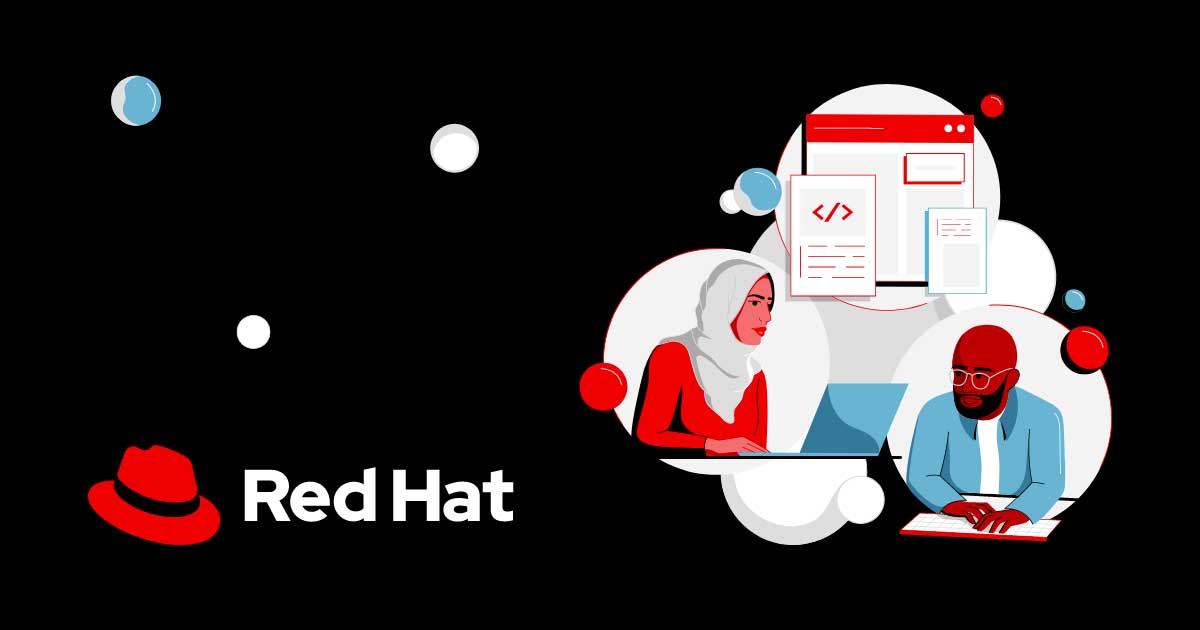Blog: Kubernetes 1.26: Introducing Validating Admission Policies
Authors: Joe Betz (Google), Cici Huang (Google) In Kubernetes 1.26, the 1st alpha release of validating admission policies is available! Validating admission policies use the Common Expression Language (CEL) to offer a declarative, in-process alternative to validating admission webhooks. CEL was first introduced to Kubernetes for the Validation rules for CustomResourceDefinitions. This enhancement expands the use of CEL in Kubernetes to support a far wider range of admission use cases. Admission webhooks can be burdensome to develop and operate. Webhook developers must implement and maintain a webhook binary to handle admission requests. Also, admission webhooks are complex to operate. Each webhook must be deployed, monitored and have a well defined upgrade and rollback plan. To make matters worse, if a webhook times out or becomes unavailable, the Kubernetes control plane can become unavailable. This enhancement avoids much of this complexity of admission webhooks by embedding CEL expressions into Kubernetes resources instead of calling out to a remote webhook binary. For example, to set a limit on how many replicas a Deployment can have. Start by defining a validation policy: apiVersion: admissionregistration.k8s.io/v1alpha1 kind: ValidatingAdmissionPolicy metadata: name: "demo-policy.example.com" spec: matchConstraints: resourceRules: - apiGroups: ["apps"] apiVersions: ["v1"] operations: ["CREATE", "UPDATE"] resources: ["deployments"] validations: - expression: "object.spec.replicas
Authors: Joe Betz (Google), Cici Huang (Google)
In Kubernetes 1.26, the 1st alpha release of validating admission policies is available!
Validating admission policies use the Common Expression Language (CEL) to offer a declarative, in-process alternative to validating admission webhooks.
CEL was first introduced to Kubernetes for the Validation rules for CustomResourceDefinitions. This enhancement expands the use of CEL in Kubernetes to support a far wider range of admission use cases.
Admission webhooks can be burdensome to develop and operate. Webhook developers must implement and maintain a webhook binary to handle admission requests. Also, admission webhooks are complex to operate. Each webhook must be deployed, monitored and have a well defined upgrade and rollback plan. To make matters worse, if a webhook times out or becomes unavailable, the Kubernetes control plane can become unavailable. This enhancement avoids much of this complexity of admission webhooks by embedding CEL expressions into Kubernetes resources instead of calling out to a remote webhook binary.
For example, to set a limit on how many replicas a Deployment can have. Start by defining a validation policy:
apiVersion: admissionregistration.k8s.io/v1alpha1
kind: ValidatingAdmissionPolicy
metadata:
name: "demo-policy.example.com"
spec:
matchConstraints:
resourceRules:
- apiGroups: ["apps"]
apiVersions: ["v1"]
operations: ["CREATE", "UPDATE"]
resources: ["deployments"]
validations:
- expression: "object.spec.replicas <= 5"
The expression field contains the CEL expression that is used to validate admission requests. matchConstraints declares what types of requests this ValidatingAdmissionPolicy is may validate.
Next bind the policy to the appropriate resources:
apiVersion: admissionregistration.k8s.io/v1alpha1
kind: ValidatingAdmissionPolicyBinding
metadata:
name: "demo-binding-test.example.com"
spec:
policy: "demo-policy.example.com"
matchResources:
namespaceSelector:
- key: environment,
operator: In,
values: ["test"]
This ValidatingAdmissionPolicyBinding resource binds the above policy only to namespaces where the environment label is set to test. Once this binding is created, the kube-apiserver will begin enforcing this admission policy.
To emphasize how much simpler this approach is than admission webhooks, if this example were instead implemented with a webhook, an entire binary would need to be developed and maintained just to perform a <= check. In our review of a wide range of admission webhooks used in production, the vast majority performed relatively simple checks, all of which can easily be expressed using CEL.
Validation admission policies are highly configurable, enabling policy authors to define policies that can be parameterized and scoped to resources as needed by cluster administrators.
For example, the above admission policy can be modified to make it configurable:
apiVersion: admissionregistration.k8s.io/v1alpha1
kind: ValidatingAdmissionPolicy
metadata:
name: "demo-policy.example.com"
spec:
paramKind:
apiVersion: rules.example.com/v1 # You also need a CustomResourceDefinition for this API
kind: ReplicaLimit
matchConstraints:
resourceRules:
- apiGroups: ["apps"]
apiVersions: ["v1"]
operations: ["CREATE", "UPDATE"]
resources: ["deployments"]
validations:
- expression: "object.spec.replicas <= params.maxReplicas"
Here, paramKind defines the resources used to configure the policy and the expression uses the params variable to access the parameter resource.
This allows multiple bindings to be defined, each configured differently. For example:
apiVersion: admissionregistration.k8s.io/v1alpha1
kind: ValidatingAdmissionPolicyBinding
metadata:
name: "demo-binding-production.example.com"
spec:
policy: "demo-policy.example.com"
paramsRef:
name: "demo-params-production.example.com"
matchResources:
namespaceSelector:
- key: environment,
operator: In,
values: ["production"]
apiVersion: rules.example.com/v1 # defined via a CustomResourceDefinition
kind: ReplicaLimit
metadata:
name: "demo-params-production.example.com"
maxReplicas: 1000
This binding and parameter resource pair limit deployments in namespaces with the environment label set to production to a max of 1000 replicas.
You can then use a separate binding and parameter pair to set a different limit for namespaces in the test environment.
I hope this has given you a glimpse of what is possible with validating admission policies! There are many features that we have not yet touched on.
To learn more, read Validating Admission Policy.
We are working hard to add more features to admission policies and make the enhancement easier to use. Try it out, send us your feedback and help us build a simpler alternative to admission webhooks!
How do I get involved?
If you want to get involved in development of admission policies, discuss enhancement roadmaps, or report a bug, you can get in touch with developers at SIG API Machinery.





































